Regulation Sign : What it is
Regulation signs play an important role in governing traffic and ensuring safety on the roads. These signs are designed to convey specific messages and instructions that must be followed by drivers and pedestrians alike. In this post, we will explore the concept of regulation signs, their significance, and different types of regulation signs commonly seen on roads.
1. Understanding Regulation Signs:
Regulation signs are a type of traffic sign that provides information about laws, regulations, and requirements that road users must adhere to. These signs are typically circular in shape and feature a blue background with white text or symbols. They are used to indicate various restrictions, prohibitions, or mandatory actions that drivers and pedestrians must obey.
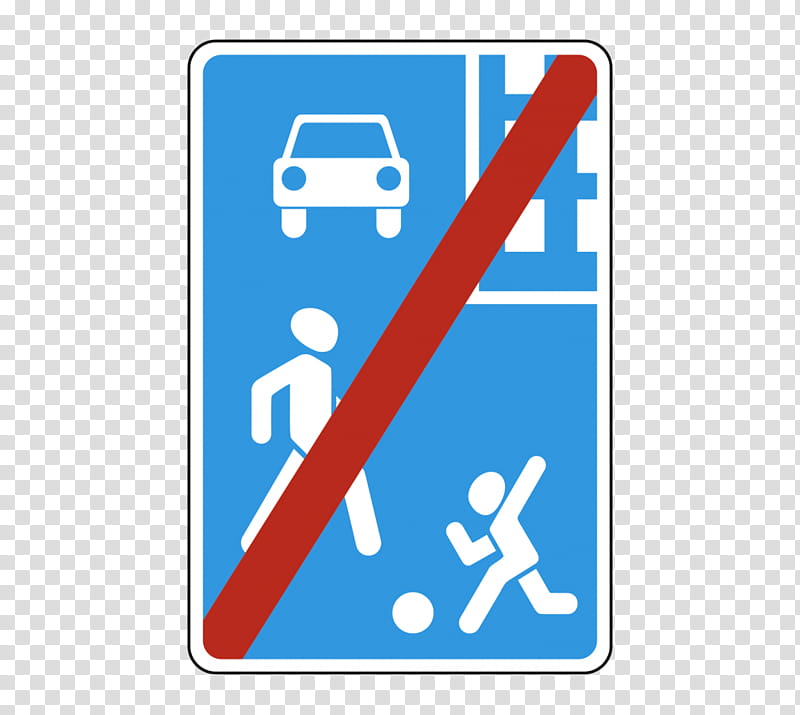
Image source: Phone Logo, Traffic Sign, Living Street, Warning Sign
Regulation signs are essential for maintaining order and safety on the road. They inform road users about specific rules and regulations that apply to a particular area, such as speed limits, parking restrictions, or pedestrian crossings. Compliance with these signs is crucial to prevent accidents, ensure smooth traffic flow, and protect the well-being of everyone on the road.
2. Types of Regulation Signs:
Regulation signs can be classified into several categories based on the nature of their messages. Let's explore some of the most common types of regulation signs:
2.1 Speed Limit Signs:
Speed limit signs indicate the maximum allowed speed for vehicles in a particular area. They are usually displayed prominently on roads to ensure that drivers adhere to the specified speed limits. Speeding can significantly increase the risk of accidents and jeopardize the safety of both drivers and pedestrians.
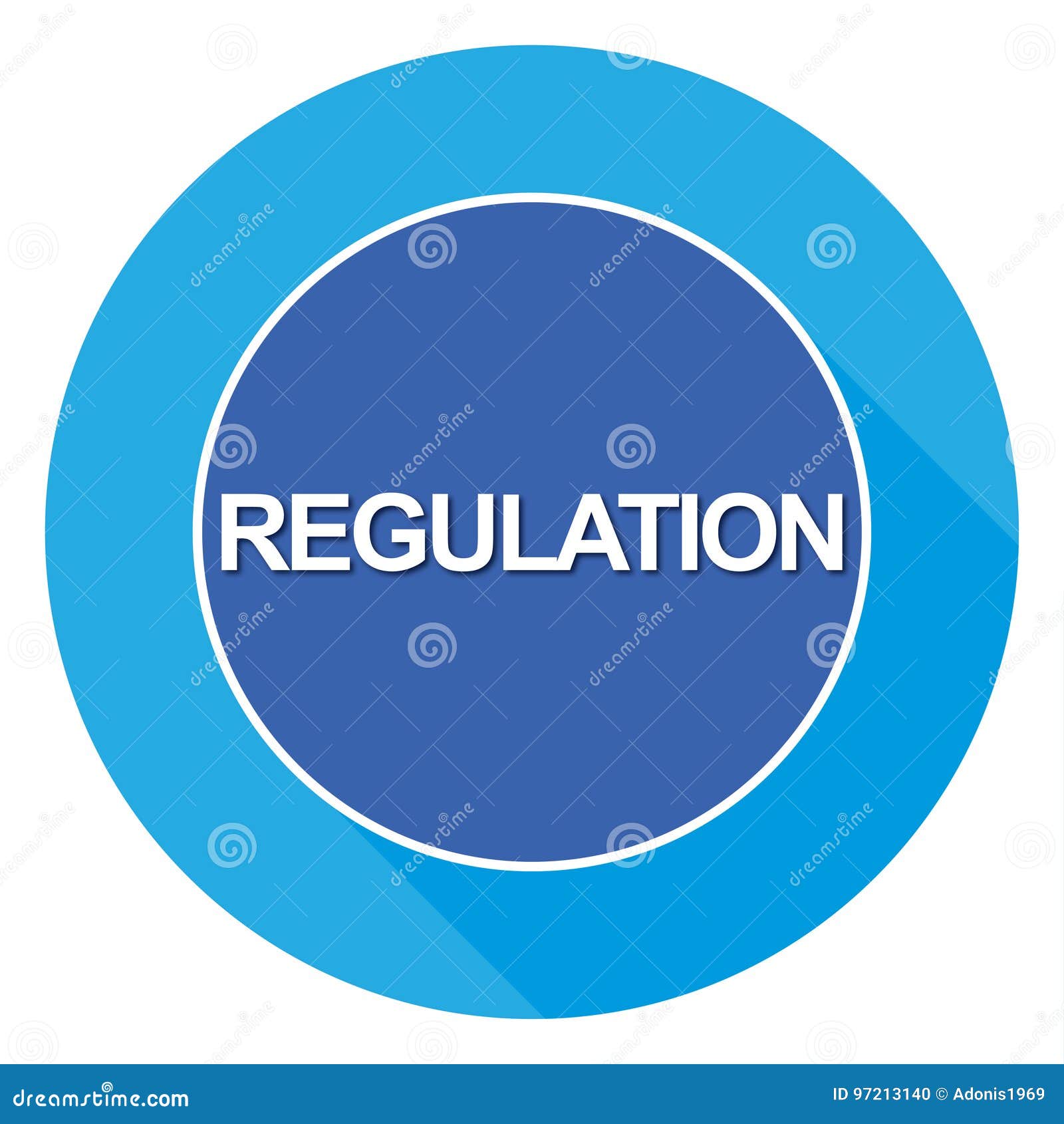
Image source: Regulation sign stock vector. Illustration of regularisation - 97213140
2.2 No Entry Signs:
No entry signs are used to indicate areas where entry is forbidden. These signs are commonly placed at the entrance of one-way streets, private properties, or restricted zones. Ignoring no entry signs can lead to dangerous situations and disrupt the smooth flow of traffic.
2.3 Parking Restriction Signs:
Parking restriction signs communicate rules and regulations related to parking. They provide information about where parking is permitted or prohibited, along with any time limitations or specific requirements. Adhering to parking restriction signs ensures orderly parking and prevents congestion on the roads.
3. Importance of Regulation Signs:
Regulation signs are crucial for maintaining order and safety on the roads. Here are a few reasons why these signs hold significant importance:
- Enhancing Road Safety: Regulation signs effectively communicate important information to road users, enabling them to make informed decisions and avoid potential hazards.
- Preventing Accidents: By displaying clear instructions and restrictions, regulation signs help prevent accidents and reduce the risk of collisions.
- Ensuring Traffic Flow: Regulation signs play a vital role in directing the flow of traffic, managing intersections, and minimizing congestion.
- Encouraging Compliance: These signs serve as a reminder of traffic laws and regulations, promoting compliance among drivers and pedestrians.
FAQs:
Here are some frequently asked questions about regulation signs:
-
Q: Can I ignore regulation signs?
A: No, it is essential to adhere to all regulation signs. Ignoring these signs may lead to traffic violations and compromise road safety.
-
Q: What should I do if I encounter a damaged or missing regulation sign?
A: If you notice a damaged or missing regulation sign, you should report it to the local authorities responsible for maintaining road signage.
-
Q: Are regulation signs uniform across different countries?
A: While many regulation signs follow international standards, some variations exist between countries. It is important to familiarize yourself with the specific signs and their meanings in the region you are driving or walking.
Regulation signs serve as a guiding force on the roads, ensuring the safety and well-being of all road users. Understanding their importance and complying with the messages conveyed by these signs is essential for creating a harmonious and secure traffic environment.
In conclusion, regulation signs are an integral part of traffic management, providing critical information and instructions to maintain order and safety on the roads. By obeying these signs, we contribute to a smoother traffic flow, reduce the risk of accidents, and create a safer road environment for everyone.
Regulation Sign Stock Vector. Illustration Of Regularisation - 97213140
 Image Source : www.dreamstime.com
Image Source : www.dreamstime.com segno regolamento
Lane Special Regulation Sign Traffic Sign Road Car, PNG, 2000x2000px
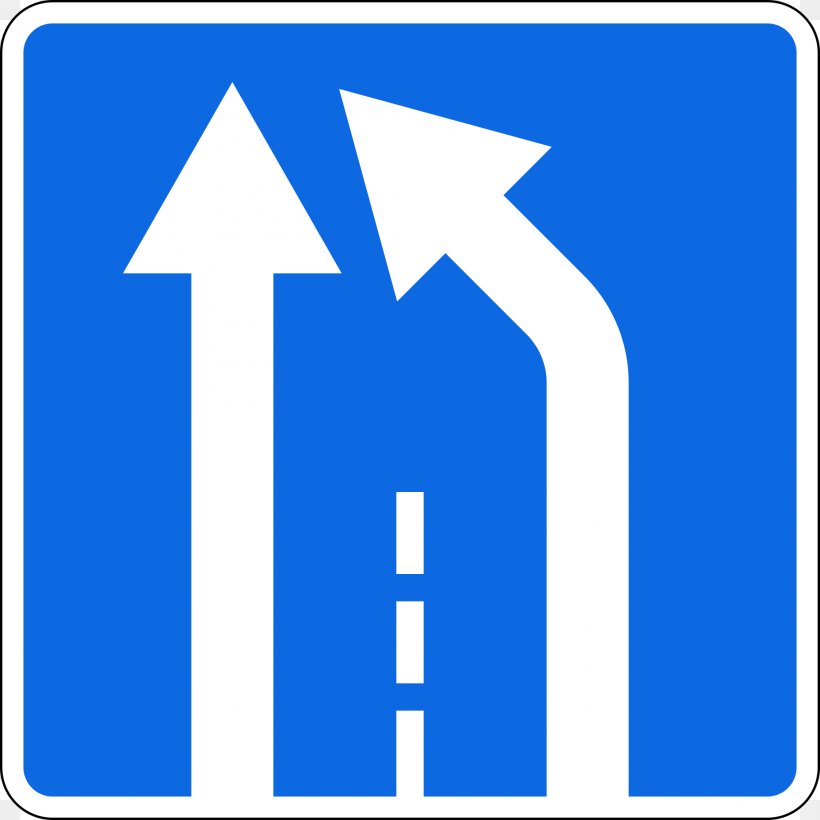 Image Source : favpng.com
Image Source : favpng.com regulation traffic
Special Regulation Sign - Alchetron, The Free Social Encyclopedia
 Image Source : alchetron.com
Image Source : alchetron.com alchetron
Regulation Sign In The Ultra Orthodox Mea Sharim Neighborhood Of
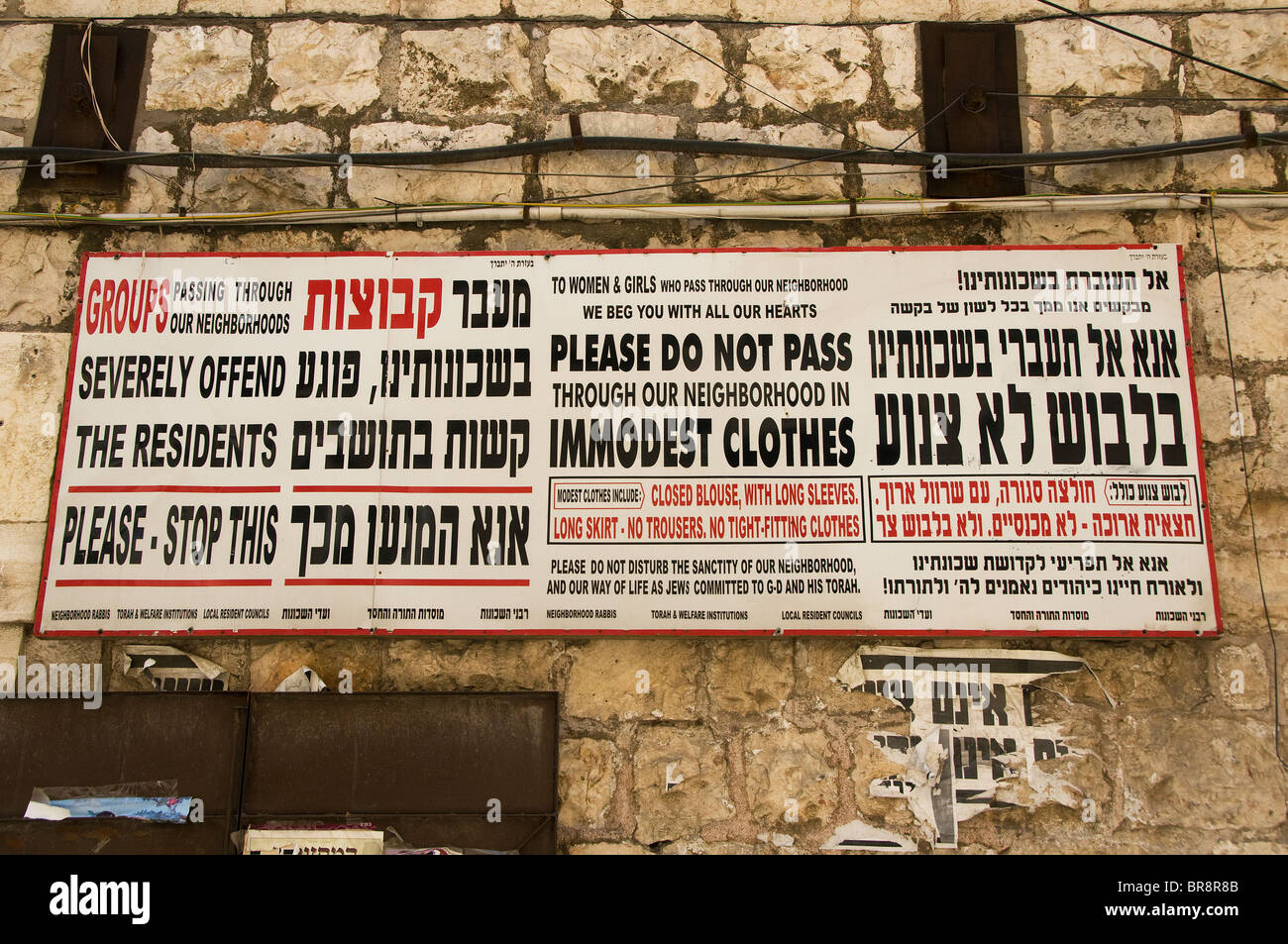 Image Source : www.alamy.com
Image Source : www.alamy.com Free Download | Phone Logo, Traffic Sign, Living Street, Warning Sign
 Image Source : www.hiclipart.com
Image Source : www.hiclipart.com Site Safety Regulation Sign Stock Photo - Alamy
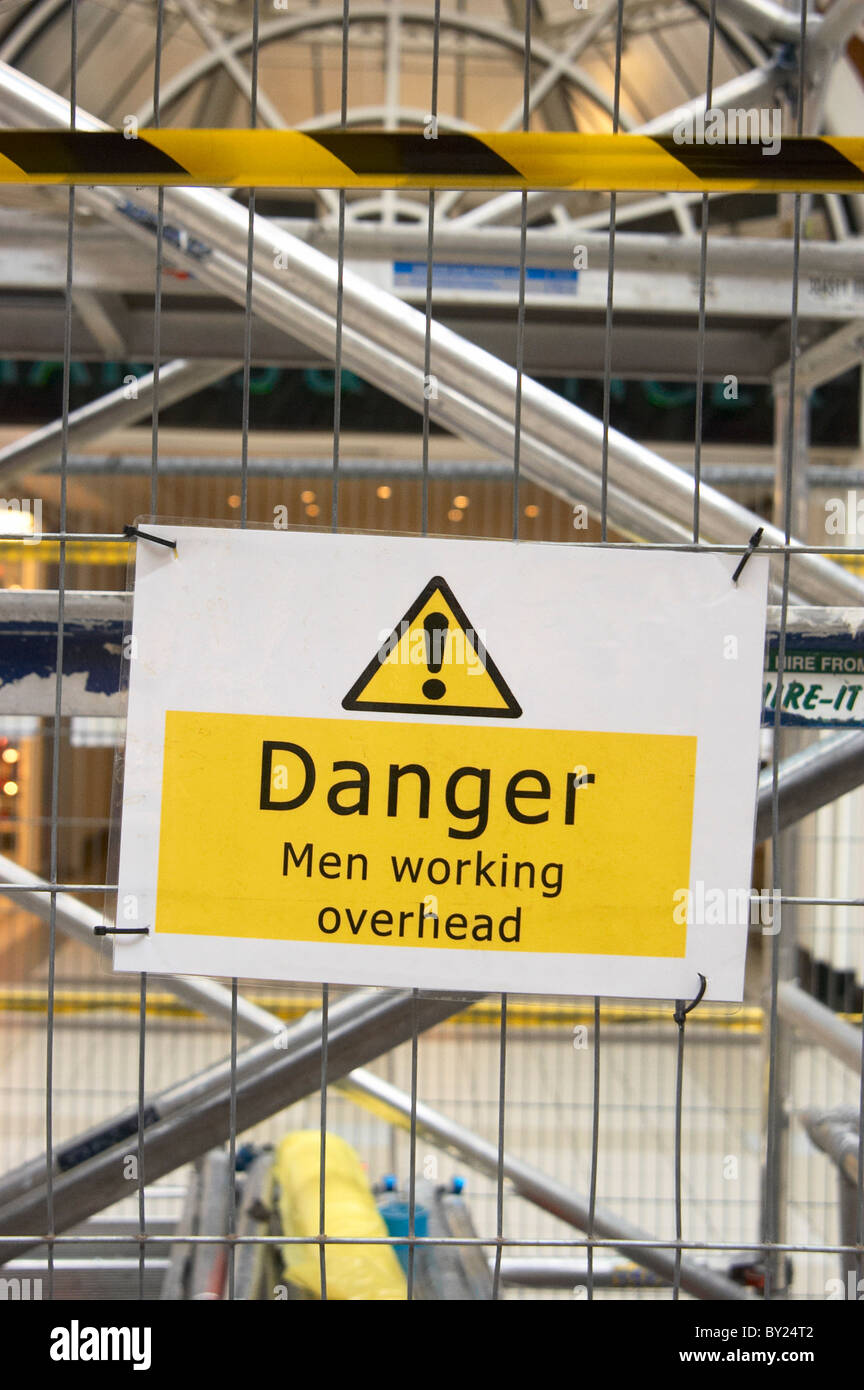 Image Source : www.alamy.com
Image Source : www.alamy.com What Are The Pool Building Regulations Where I Live? — Aqua Pools Online
 Image Source : aquapoolsonline.com
Image Source : aquapoolsonline.com rules regulations laws signs illustration road clipart building rule centre stop yield pool silly where live contact prior deportation consequences
English Prison Regulation Sign (Lot 151 - Upcoming: New Year's Weekend
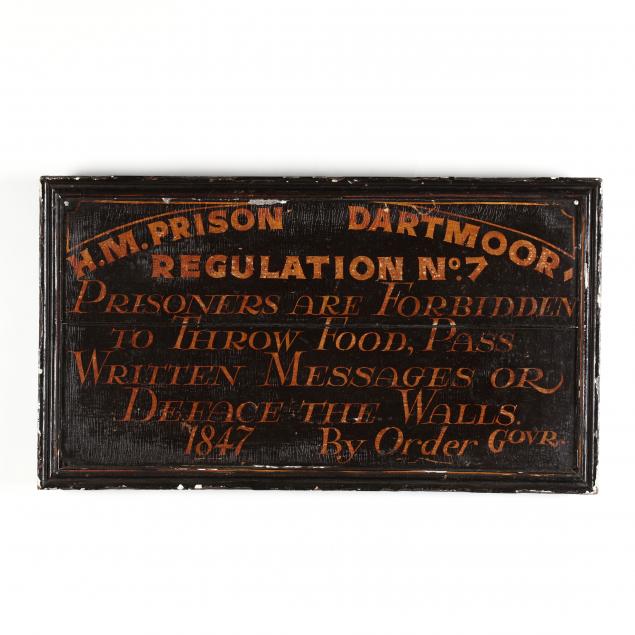 Image Source : www.lelandlittle.com
Image Source : www.lelandlittle.com English prison regulation sign (lot 151. Site safety regulation sign stock photo. Rules regulations laws signs illustration road clipart building rule centre stop yield pool silly where live contact prior deportation consequences. Regulation sign in the ultra orthodox mea sharim neighborhood of. Regulation traffic